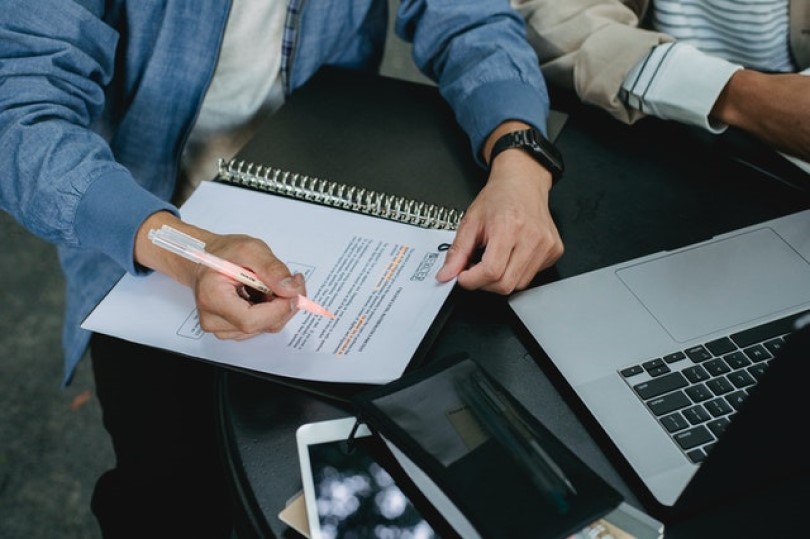In this article, you will find 5 techniques to make the most of your study hours. Remember that every person is unique, and different study methods work better for different individuals. That’s why we recommend reading about what each study method entails and selecting the one that best suits you. Of course, you can combine all these techniques or use them depending on the subject you need to learn, always aiming for maximum effectiveness when studying.
What Are Study Techniques?
Study techniques or strategies are different approaches and procedures linked to learning. Through this set of methods, the goal is to optimize effort and performance while studying.
Importance of Study Techniques
Study techniques will allow you to:
- Improve your achievements.
- Enhance memorization of data and reasoning skills.
- Boost concentration, attention, and organization levels.
- Organize and clarify medium- and long-term goals.
- Structure your work, prioritize, and make better use of available resources.
- Develop new methods and approaches to tackle knowledge in the future.
What Are the Best Study Techniques?
Below, we’ll explain the top 5 study techniques to help you learn how to study and understand the steps you need to follow in the study process.
1. The ‘Testing Effect’
The testing effect is a technique where you work from practice rather than theory. Evaluating the content you’re studying can significantly benefit your long-term memory. This means that after studying, you should self-assess the topics you’ve reviewed (depending on the subject, you can use tests, exercises, or practice exams). Studying this way increases information retention in your brain and helps you learn faster.
After completing the self-assessment, you can correct it by comparing it with your study material. Discovering whether your answers are correct or not right after responding triggers an additional memory boost thanks to ‘immediate feedback.’ You can repeat these steps (study-self-assessment-correction) as many times as needed.
2. Distributed Practice
We often start studying just a few days before an exam, when pressure mounts and we feel forced to act. However, leaving it until the last minute only increases nervousness and reduces study effectiveness.
We recommend distributing and spacing out your study topics before the exam. By absorbing a little each day, the content will solidify in your memory, and your confidence will grow. To implement this technique, schedule your study period on a calendar, spreading out the topics.
For example, you could mark on your calendar that Tuesdays and Thursdays you study 60 minutes on one topic, and Mondays and Wednesdays on another. Create your own system! Don’t forget that repetition reinforces concepts in your memory.
3. Elaborating Questions
Learning to ask questions is as important as learning to answer them. Formulating questions helps you understand texts and create personal responses, stimulating your memory in a more personal way.
The key to this technique is asking questions as you read—seek the ‘why’ behind things: What happens? When does it happen? Why (causes)? What consequences does it provoke? Think of it this way: ‘The best answer comes after asking the best question.’ The more personal the question, the better the answer fits your understanding, and the faster you’ll memorize what you’ve studied.
The trick is to ask questions and seek answers, speeding up the process of comprehension and memorization. If you asked it and answered it, you won’t forget it.
4. Interleaving Subjects
The interleaving subjects technique involves studying two or more related or complementary topics, such as physics, math, and chemistry. Alternating subjects forces you to repeatedly recall content stored in long-term memory, enhancing retention.
By mixing different topics in one study session, you’ll remember the material better, retain information longer, and improve accuracy over the medium and long term. Plus, it boosts reasoning, comprehension, and retention, sharpening your mental agility.
We suggest starting with distributed practice and then adding another topic from the same subject or a different subject to spark creativity and complement what you already know.
5. Self-Explanation
The self-explanation technique involves explaining what you’ve just read to yourself in your own words, connecting it to concepts you already know. If you can explain the material in your own way, you’ve understood and integrated it well.
This technique enhances creative reasoning and helps you learn and retain information more easily in the long term. By linking new concepts to prior knowledge, you’ll build more complex yet solid conceptual structures.
If you have a study partner, after reading a topic, you can each explain what you understood in your own words and discuss it. Sharing ideas and reasoning aloud will help you learn and memorize faster.

Study techniques are fundamental tools for enhancing learning and making the most of the time spent studying. Applying them consistently and adapting them to your personal style will help you develop efficient and effective study habits. Experiment with different methods, find the one that best suits you, and enjoy the process of learning in a more structured and effective way.
If you want to discover your learning style, we have an article about a test that will help you identify it: VAK Test to Identify Your Learning Style.


